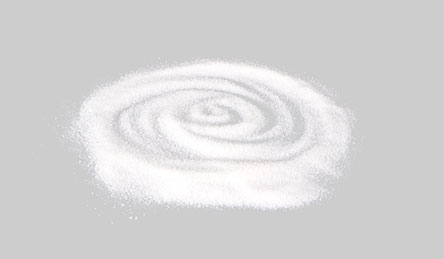
Search


Petroleum wax is a general term for various wax products prepared from waxy distillates after refining, including liquid paraffin, paraffin and microcrystalline wax. Paraffin wax is produced by the steps of dewaxing, deoiling, refining and molding the lubricating oil fraction in crude oil, and generally contains C2. ~C3. components of normal paraffins, small amounts of isoparaffins and naphthenes usually having a melting point of 50 °C to 74 °C.
The wicking and deoiling method is carried out by utilizing different properties of the melting point of the wax and the oil. The wicking and degreasing method does not use a solvent in the production process, and it is only necessary to heat the raw material to a temperature above the melting point in the production process.
For the common sweating and deoiling method, the wax and oil components are in a solid and liquid state, respectively, during the warming and sweating process, but it is also difficult to completely separate. In order to meet the requirements of the final product oil content, it is common to use a method of prolonging the sweating time and increasing the sweating termination temperature. Prolonging the sweating time will result in a long production cycle; increasing the sweating termination temperature will cause some wax to be removed with the oil, resulting in a decrease in product yield.
The common sweating and deoiling process can produce soap wax and low melting point paraffin wax having a melting point of 40 °C to 60 °C, and is not suitable for producing a high melting point paraffin wax product having a melting point of about 70 °C. Tests have shown that when the common sweating and deoiling process produces high melting point paraffin wax products with a melting point of about 70 °C, even if the method of prolonging the sweating time and increasing the sweating end temperature is adopted, the oil content of the wax in the late stage of sweating has nothing to do with the yield, that is, wax. The oil content on the oil does not decrease with the decrease of the yield. Therefore, the common sweating and deoiling process is not suitable for the high melting point paraffin wax products that meet the semi-refined or fully refined product standards with a melting point of about 70 °C. In particular, the oil content index cannot meet the technical and indicator requirements. At present, only some manufacturers use the sweating and deoiling process to produce soap wax and low melting wax paraffin.
Over the years, the sweating and deoiling process has been developed in production equipment and technology, such as vertical square multi-section separator sweat tank, paraffin sweat tank, tubular paraffin deoiling device, etc., improved on sweating and deoiling production equipment. An efficient paraffin sweat tank is improved in the sweating and deoiling process. However, these improvements still do not produce high melting point paraffin wax products that meet the standards for semi-refined or fully refined products.
Compared with the solvent deoiling process, the sweating and deoiling process has the advantages of low investment, simple production process and low operating cost; more importantly, the sweating and deoiling process is the only solventless deoiling method currently known for industrial scale production of paraffin products. In today's promotion of green, low-carbon, environmentally-friendly and energy-saving, the demand for the production of high melting point paraffin wax products by the sweating and deoiling process is even more urgent.